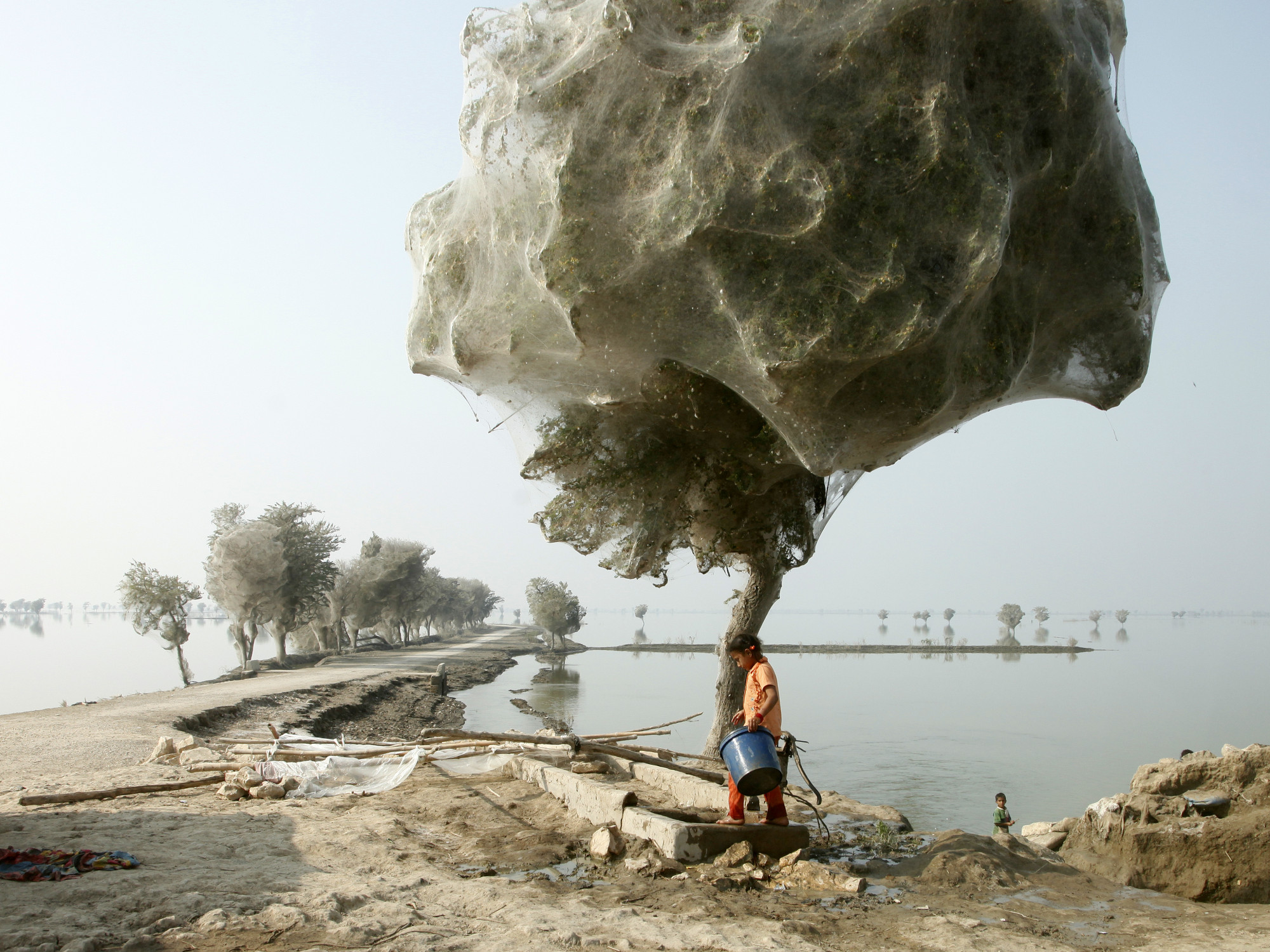Extreme weather events thousands of miles apart may be linked.
IN NORTHERN Pakistan, a hot, western wind blows through the land on summer afternoons. It dries ponds, wilts plants, and sends people and their pets scurrying indoors. The locals are used to it, and pass the time cooling off with lassis and refreshing sherbets made of rose or phalsa flowers.
At the tail end of one such summer in July 2010, dark, heavy clouds brought monsoon rains to northwestern Pakistan and a welcome relief from the heat. But these were not the light rains that people were used to. Unexpected waves of torrential rain came one after another, day after day, becoming a nightmarish two months of almost nonstop rains. By mid-August, the rains had plunged a fifth of Pakistan underwater, killed 1,600 people, and destroyed 1.7 million homes.
The magnitude of the rainstorms and the scale of destruction they had caused baffled William K. M. Lau, an atmospheric scientist at the NASA Goddard Space Flight Center. “Northwestern Pakistan doesn’t normally get those kinds of storms,” he said. Intrigued by what could have caused the anomalously heavy rains, Lau pored through rain gauge records and remote sensing data for Pakistan. What he stumbled on gave him important clues in understanding not just the extreme rains and floods in Pakistan but also the worst ever heat wave happening thousands of miles away in western Russia.
Originally published in Sensing Our Planet: NASA Earth Science Research Features. Read the full story here.
